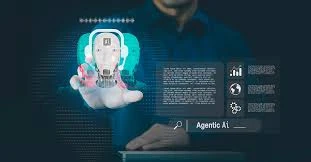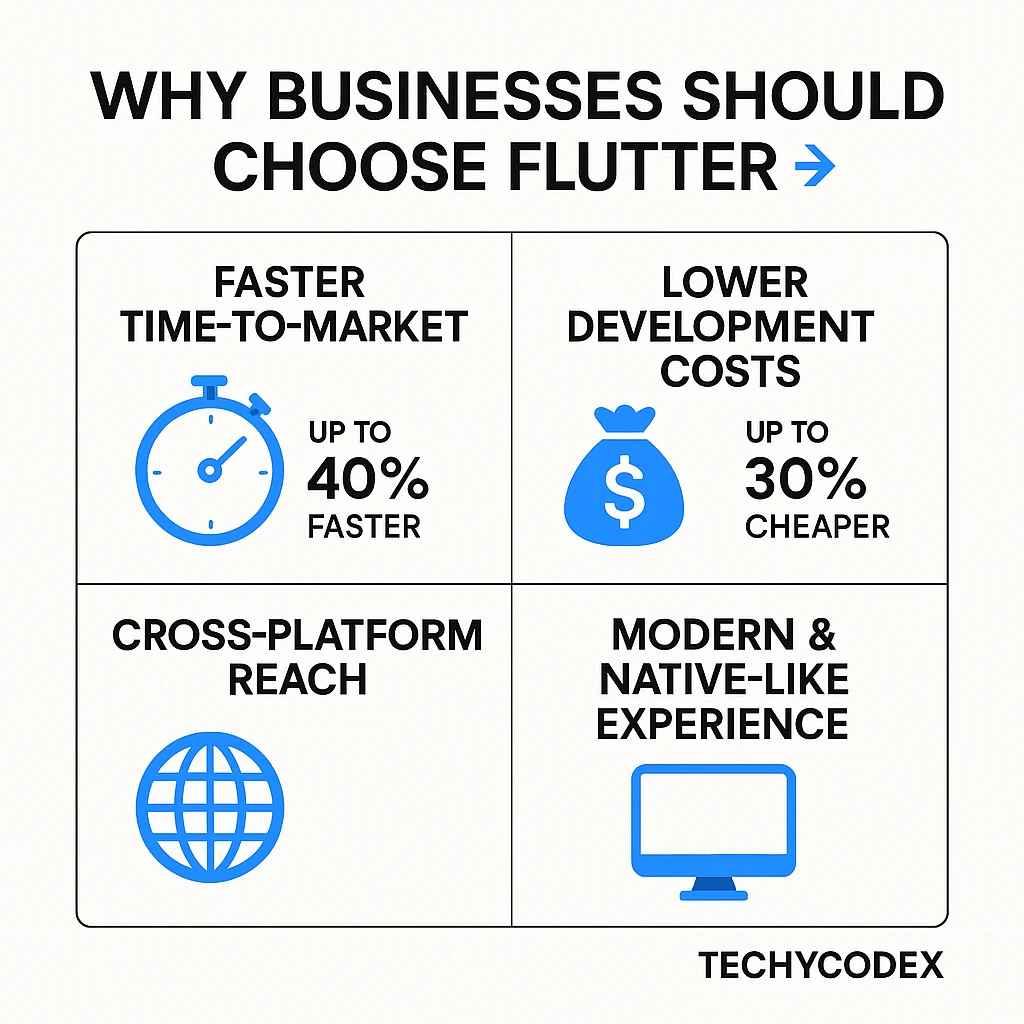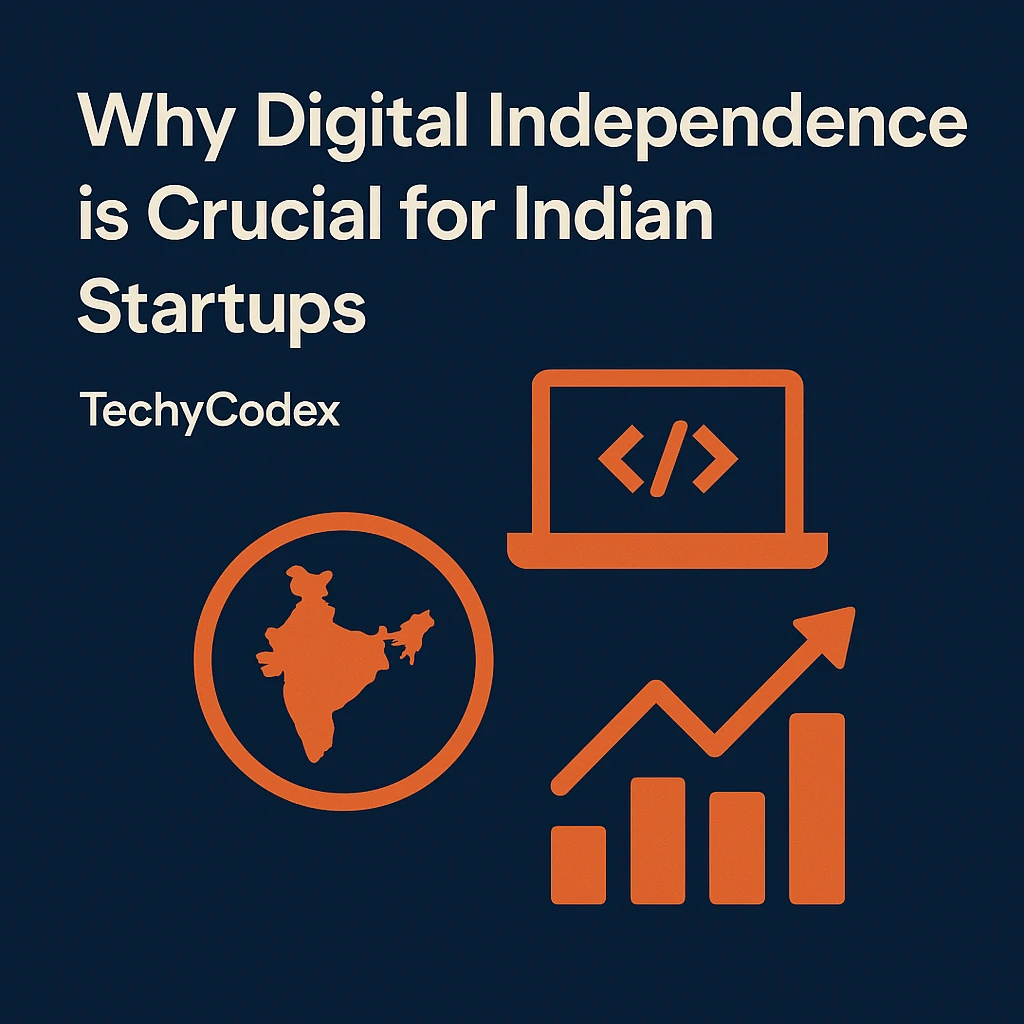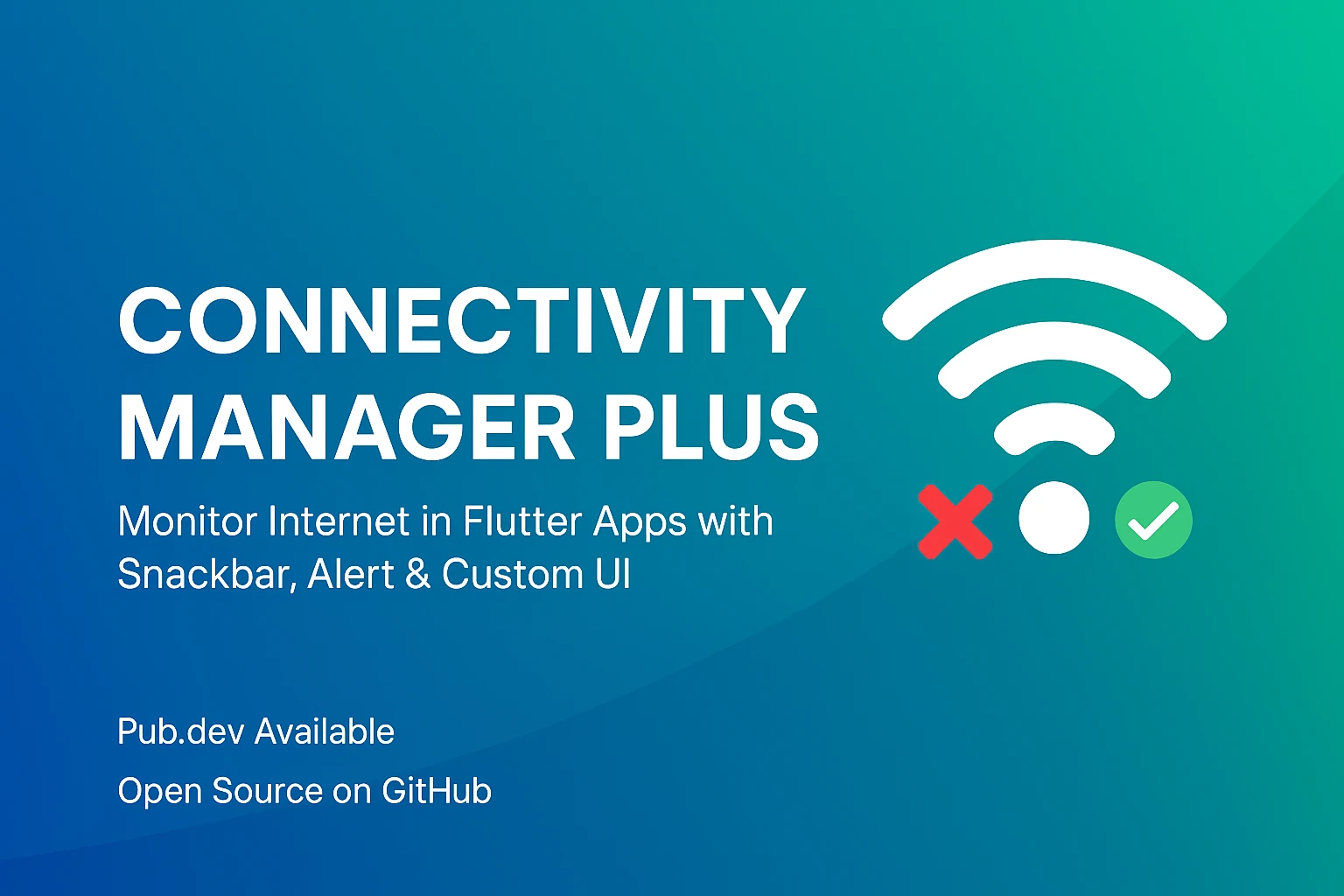🧠 How Agentic AI Is Replacing Traditional UI: The Future of App Design
Introduction
Imagine if instead of tapping buttons, checking dropdowns, and navigating menus, your app simply understood what you wanted and did it for you. Welcome to the world of Agentic AI, where apps act as autonomous agents, not just static tools.
1. From Static Screens to Conversational Control 📱
With traditional GUIs, users learn the layout, memorize workflows, and click through interfaces. But updates are tedious and breaks happen often.
Agentic AI changes the game—you describe your goal, and the AI “figures out the how.”
For example, instead of:
Old UI: Navigate to Form → Fill Fields → Click Submit
Agentic UI: “Schedule a meeting with Ali next Thursday at 4 pm” → Done.
This shift transforms apps into conversational interfaces, where intent-based outcome specification takes precedence over rigid UI steps
2. Content-Driven Interfaces: The Canvas is Conversation 💬
In agentic design, content becomes the interface—not polished buttons. It’s about contextually rich, meaningful interactions.
As Jason James of Tezi.ai puts it:
“Content is the canvas, not UI… active AI collaborator interacts proactively.”
UX shifts from pixel-perfect design to directional conversation flows—you sketch out the journey, not the screen .
3. Designing for Trust: Transparency & Control 🔍
When agents act on your behalf, trust becomes essential. Users need visibility into:
-
Audit trails: What steps did the agent take?
-
Reasoning: Why did it choose X?
-
Confirmation: A chance to approve irreversible actions
As Stephany Cardet says:
“The interface is just a medium… the intelligence behind the experience is what matters.” vivun.com
4. New UX Patterns: Manager Over Operator 🧭
Instead of users acting as doers, they become managers of agents—briefing, overseeing, refining.
UI now needs:
-
Prompt design tools: for precise agent instructions
-
Evaluation dashboards: to monitor agent performance
-
Feedback loops: helping agents learn from corrections
This marks a shift from clicking to collaborating via prompts.
5. Multi-Modal & Adaptive UI: Sometimes Text, Sometimes Visual 🎯
Visual interfaces aren’t dead—they’re contextual:
-
Conversational layer handles most tasks
-
UI screens appear when needed: complex data, charts, exception flow
-
IO blends adaptively based on context
The result? A fluid, hybrid UI, with screens used only when they add value.
6. Real-World Examples
-
Honor UI Agent: Autonomously completes tasks by reading your screen—no APIs needed wired.com
-
Opera Neon: An agentic browser that “Chat, Do & Make” on your behalf—write code, make bookings, etc. laptopmag.com
These examples prove the feasibility of agent-led UI systems.
✅ Summary: Why This Matters
Traditional UI Agentic UI Pixel-driven design Intent-driven dialogue Fixed workflows Adaptive, content-first Manual navigation Conversational delegation Limited transparency Audit+control built-in
Agentic AI replaces cumbersome UIs with human-like interactions—a major shift in how we design and use apps.





Comments: